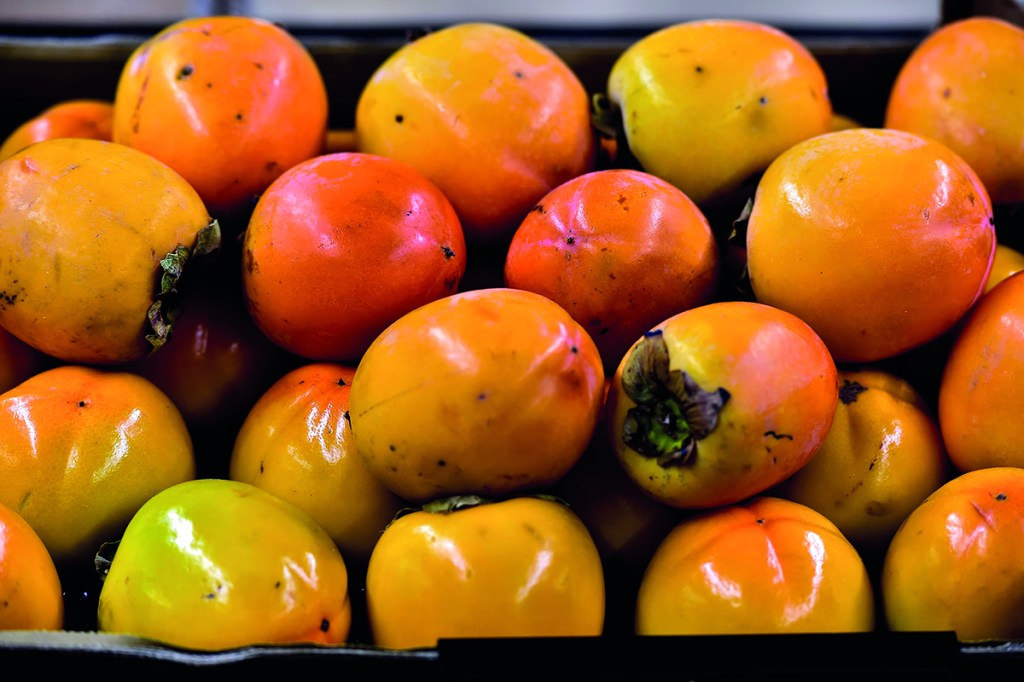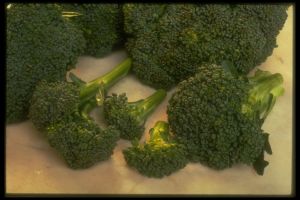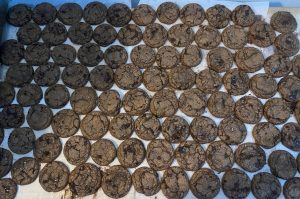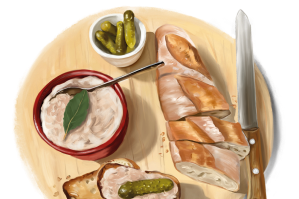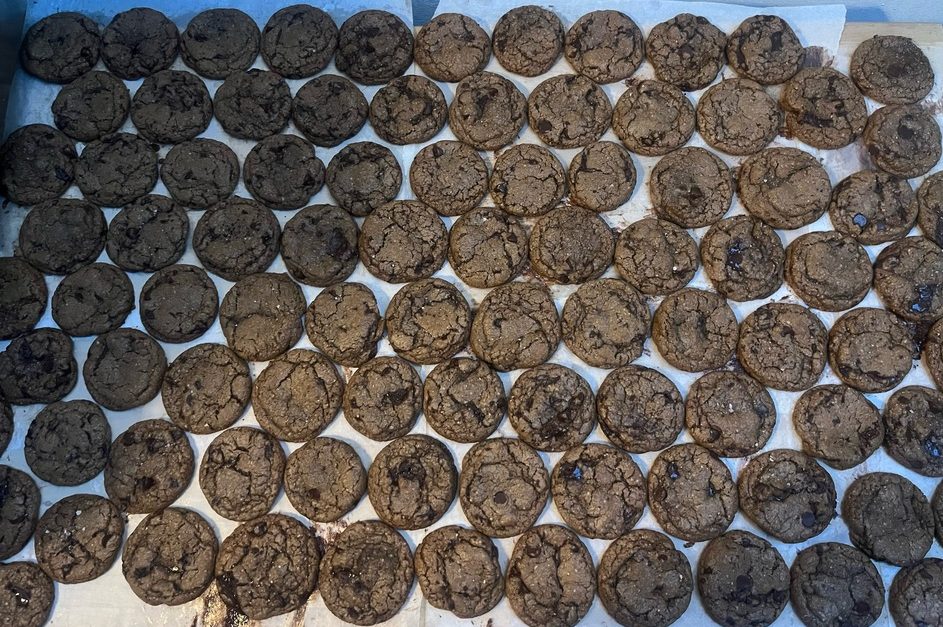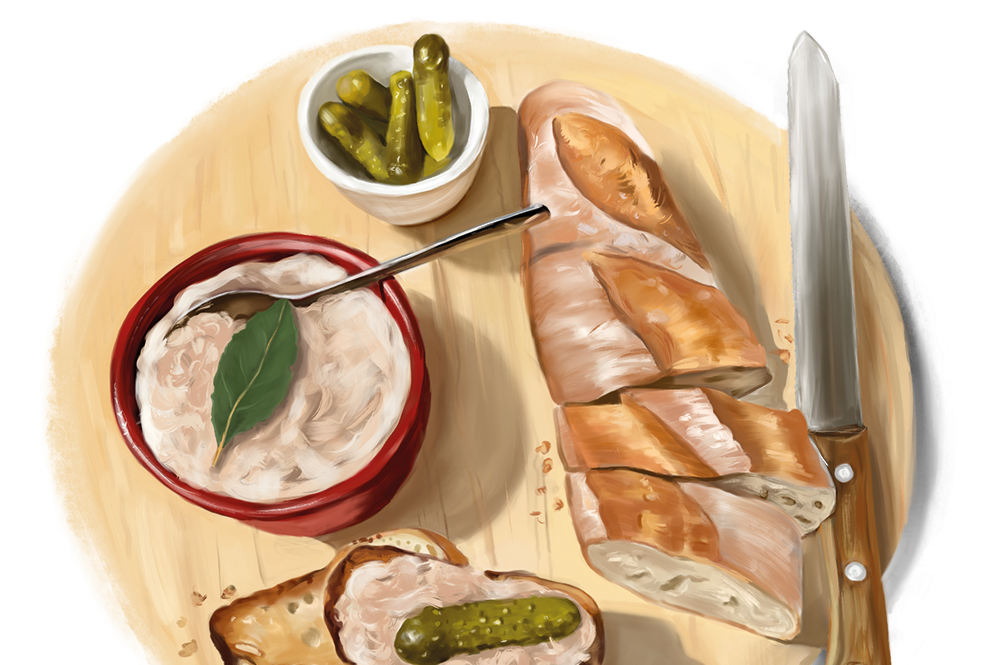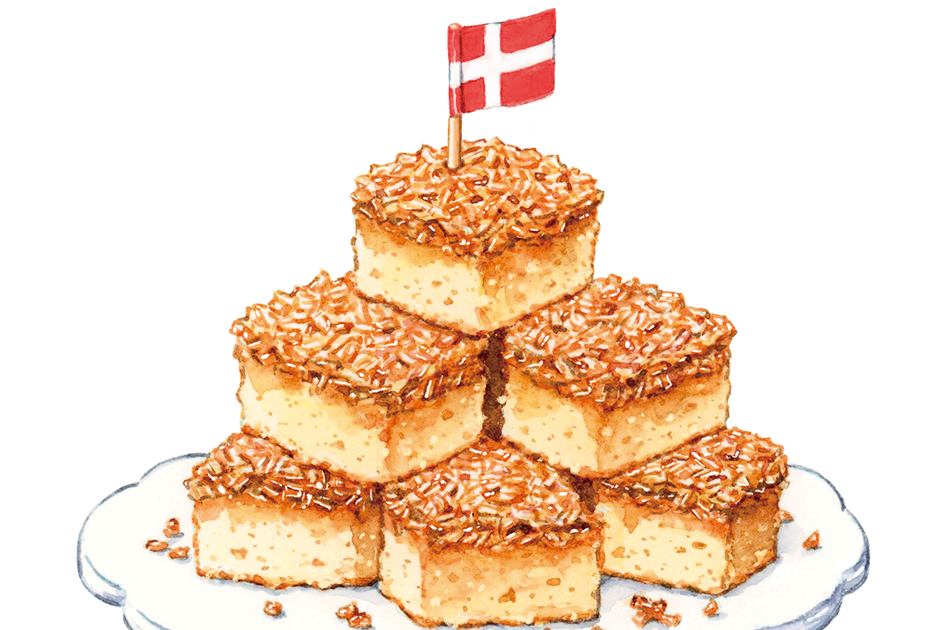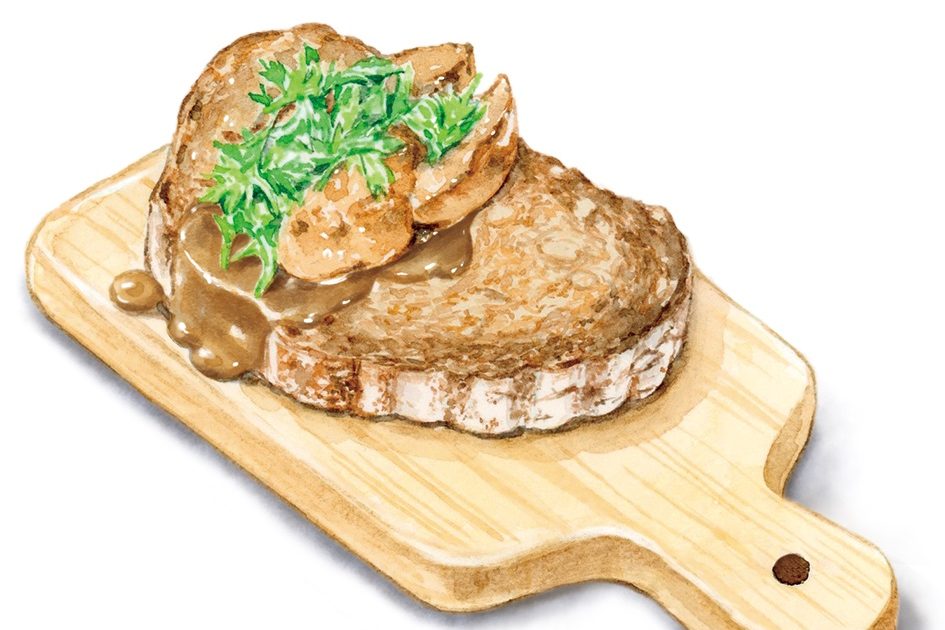‘They must be fruit as they’re next to the pomegranates,’ thought I. Then I read the sign: persimmons.
Perplexed by persimmons, I asked a Persian friend here in Montecito, California if she knew about them.
‘My grandmother had trees full of them in the fall,’ she told me, waxing lyrical about their sweet, juicy meat covered by a waxy but edible skin. ‘I used to pick them up from the ground and eat them like apples. They always seemed to be smiling at me.’ Her grandmother made jam from them.
She told me I’d bought the fuju variety (the hachiya being astringent and less available in Central California). So persimmons were Persian— and Chinese, Japanese, Korean, Italian, Kenyan and Mexican. Even early colonial Americans claimed them as an indigenous fruit.
Persimmons come on the market here in California in early November and can be found year-round in specialty stores. They’re versatile, delicious and delectable. Avoid fruit with bruises or punctures and try to pick the most symmetrical.
Adding persimmons to a bag of prepared stuffing for Thanksgiving turkey was a no-brainer. But as a dessert to replace pumpkin or apple pie? There’s been a three-century tradition of pies made from what is supposedly the only autumnal New England fruit; maybe I could replace the pumpkin pie?
I combined a recipe from two cookbooks and came up with persimmon cheesecake. It was a huge success, especially for those family members who prefer carving pumpkin to eating it. Then I started thinking of English Christmas pudding with hard sauce. I was facing another English Christmas or pud — rhymes with ‘could’ not ‘mud’ — with hard sauce. My British husband Richard had to have his suet-laced, potent holiday pudding, set ablaze with brandy and acknowledged with a family song, or it wasn’t Christmas.
I wondered if I could change a family tradition for the better, perhaps inserting a persimmon pudding without suet into a predictable dessert menu. And I did.
As tradition would have it, Richard’s fine tenor, honed at Uppingham and Oxford, rose to the occasion as he put flame to brandy. What no one expected was Richard’s fine-tuning of the familiar ditty ‘Old Father Christmas’ in praise of the gorgeous, new family tradition.
Come let us sing our merry song, in
honor of a friend
Who never fails to visit us at every
old year’s end;
A Persimmon Pudding we’ve
made for him, so that’s our
new refrain,
For Old Father Christmas, who is
here with us again.
Steamed Persimmon Christmas Pudding
Ingredients
1⁄2 cup (1 stick) unsalted butter,
softened plus extra for the
pudding mold
1 cup sugar
1 cup all-purpose flour
1 cup puréed fuya persimmons
(2-3 fruits)
3 tablespoons brandy
2 large eggs (slightly beaten)
2 teaspoons baking soda mixed with 1 teaspoon warm water 1 teaspoon vanilla extract
1⁄2 teaspoon ground cinnamon
1 teaspoon ground ginger
1 teaspoon ground cloves
1⁄2 cup chopped walnuts
1 cup dried cranberries
Method
1. In a large bowl, cream together the butter and sugar with an electric mixer at medium speed. Add the flour half a cup at a time, alternating with the persimmon pulp, brandy, eggs and baking soda mixture. Stir in the vanilla, spices, walnuts and cranberries. Mix on low until the butter comes together.
2. Generously butter the top and bottom of a 2-quart pudding mold. Spoon in the mixture. Put the buttered lid on tightly. Place the mold in a bigger pot in which water comes half-way up the sides of the mold. Cover the pot.
3. Bring the water to a simmer. Let the pot simmer over medium-low heat for 2-3 hours, checking regularly so that hot, simmering water is always at half of the mold; top up as necessary.
4. Keep checking the pudding until a toothpick comes out clean. Take the mold out of the water and bake in an oven preheated to 250° for 1-2 hours until a toothpick is inserted and comes out slightly moist.
5. Unmold the pudding. When serving, pour brandy over the pudding and light with a match. Serve with hard sauce.
This article was originally published in
The Spectator’s December 2020 US edition.



